.
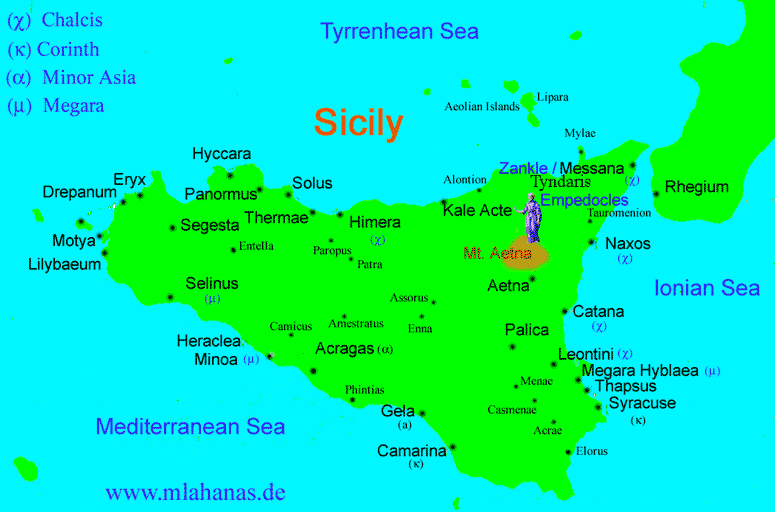
Syracuse, 37° 4' N and 15° 18' E
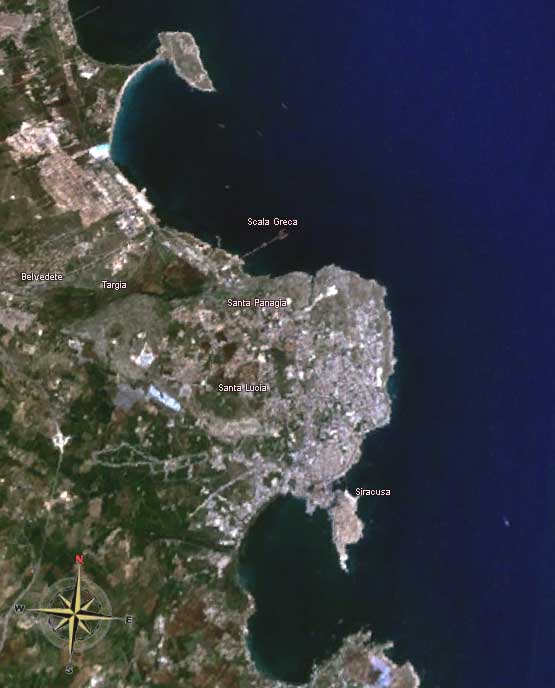
Syracuse was founded in 734 or 733 BC by Greek settlers from Corinth, led by the oecist Archias, who called it Sirako, refering to a nearby swamp. The nucleus of the ancient city was the small island of Ortygia. The settlers found the land to be fertile and the native tribes to be reasonably well-disposed to their presence. The city grew and prospered, and for some time stood as the most powerful Greek city anywhere in the Mediterranean. Colonies were founded at Akrai (664 BC), Kasmenai (643 BC) and Kamarina (598 BC). The descendants of the first colonist, called Gamoroi, held the power until they were expelled by the Killichiroi, the lower class of the city. The former, however, returned to power in 485 BC, thanks to the help of Gelo, ruler of Gela. Gelo himself became the despot of the city, and moved numerous inhabitants of Gela, Kamarina and Megera to Syracuse, building the new quarters of Tyche and Neapolis outside the walls. His program of new constructions included also a new theater, designed by Damocopos, which gave the city a flourishing cultural life: this in turn attracted personalities as Aeschylus, Ario of Metimma, Eumelos of Corinth and Sappho, who had been exiled here from Mytilene. The enlarged power of Syracuse made nuavoidable the clash against the Carthaginians, who ruled over the Western part of Sicily. In the Battle of Himera, Gelo, who had allied with Theron of Agrigento, decisively defeated the African force led by Hamilcar. A temple, entitled to Athena (on the site of the today's Cathedral), was erected in the city to commemorate the event
Gelo was succedeed by his brother Hiero, who fought against the Etruscans at Cumae in 474 BC. His rule was eulogized by poets like Simonides of Ceos, Bacchylides and Pindar, who visited his court. A democratic regime was introduced by Thrasybulos (467 BC). The city continued to expand in Sicily, fighting against the rebellious Siculi, and on the Tyrrhenian Sea, making expeditions up to Corsica and Elba. In the late 5th century BC, Syracuse found itself at war with Athens, which sought more resources to fight the Peloponnesian War. The Syracusans enlisted the aid of a general from Sparta, Athens' foe in the war, to defeat the Athenians, destroy their ships, and leave them to starve on the island (see Sicilian Expedition). In 401 BC, Syracuse contributed a force of 3000 hoplites and a general to Cyrus the Younger's Army of the Ten Thousand.
Not long after, in the early 4th century BC, the tyrant Dionysius the Elder was against at war against Carthage]] and, although losing Gela and Camarina, kept that power from capturing the whole of Sicily. After the end of the conflict Dionysius built a massive fortress on the Otrigia island of the city, as well as another 22 km-long walls line that encircled the whole of Syracuse. After another period of expansion, which saw the destruction of Naxos, Catania and Lentini, the city entered again in war against Carthage (397 BC). After various changes of fortune, the Africans managed to besiege Syracuse itself, but were eventually pushed back by a pestilence. A treaty in 392 BC allowed Syracuse to enlarge further its possessions, founding the cities of Adrano, Ancona, Adria, Tindari and Tauromenos, and conquering Reggio Calabria on the continent. Apart his battle deeds, Dionysius was famous as a parton of art, and Plato himself visited several times Syracuse.
His successor was Dionysius the Younger, who was however expelled by Dion in 356 BC. However, the latter dispotic rule made him turn being expelled, and Dionysius could have back his throne in 347 BC. A democratic government was installed by Timoleon in 345 BC. The long series of inner struggles had weakened Syracuse power in the island, and Timoleon tried to restore the situation, defeating the Carthaginians in 399 BC near the Krimisos river. The struggle among the city's parties, however, restarted after his death and ended with the rise of another tyrant, Agathocles, who seized the power with a coup in 317 BC. He revamped the war against Carthage, with alternate fortunes. He however scored a moral success bringing the war on the African soil, inflicting heavy losses to the enemy. The war, however, ended with another treaty of peace which did not prevent the Carthaginians to interfere in the politics o Syracuse after the death Agathocles (289 BC). The citizens therefore called Pyrrhus of Epirus for help. After a brief period under Epirus rule, Hiero II seized the power in 275 BC.
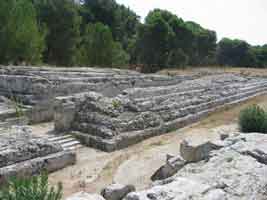
Syracuse, Structure related to Hiero II (Source)
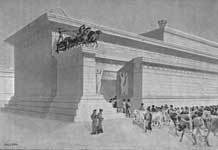
Hiero inaugurated a period of fifty years of peace and prosperity, in which Syracause became on eof the most renowned capitals of Antiquity. He issued the so called Lex Hieronica, which was later adopted by the Romans for their administration of Sicily; he also had the theater enlarged and a new immense altar, the "Hiero's Ara", built. Under his rule the most famous Syracusan lived, the natural philosopher Archimedes.
The Greeks from Syracuse developed the first catapults, a result of engineering research financed by the tyrant Dionysius. King Hieron of Syracuse ordered the construction of the giant Syracusia ship, with a length of 55 meters. The most famous person from Syracuse was Archimedes (Αρχιμήδης ο Συρακούσιος)(287-212 BC) , the greatest mathematician of antiquity.
Hiero's successor, the young Hieronymus (ruled from 215 BC), broke the peace with the Romans, who, led by consul Marcus Claudius Marcellus, besieged the city in 214 BC. The city held out for three years, but fell in 212 BC.
In the last siege of Syracuse by the Romans Archimedes used devices such as the claw, giant catapults and probably the first radiation weapon, the legendary burning mirrors. According to a legend Archimedes was killed by a Roman soldier.
Rulers of Syracuse
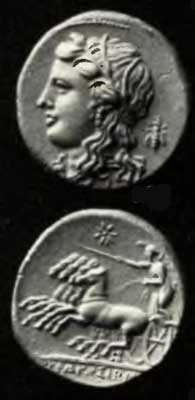
Coin during the period of Hicetas Tyrant of Syracuse 289/88-280/79 BC, Head of Persephone, Quadriga, Star Text SYRAKOSION
- 485 BC/478 BC : Gelo
- 478 BC/466 BC: Hieron I
- 466 BC/465 BC : Thrasybulus
- 465 BC/405 BC : democracy
- 405 BC/367 BC: Dionysius I
- 367 BC/356 BC : Dionysius II
- 356 BC/347 BC : Dion,
- 347 BC/344 BC : Dionysius II
- 354 BC/352 BC : Callipus
- 352 BC/350 BC : Hipparinus and Aretaeus
- 350 BC/346 BC : Nysaeus
- 344 BC/337 BC : Timoleon
- 337 BC/317 BC : oligarchy
- 317 BC/289 BC : Agathocles
- 289 BC/280 BC : Icetas (or Hicetas)
- 280 BC/280 BC : Toimon
- 280 BC/277 BC : Sosistratus
- 277 BC/275 BC : Pyrrhus of Epirus
- 275 BC/240 BC : Hieron II
- 240 BC/216 BC : Hieron II and Gelon II,
- 216 BC/215 BC : Hieron II
- 215 BC/214 BC : Hieronymus
- 214 BC/213 BC : Andranodorus
- 213 BC/212 BC : Andranodorus, Hippocrates and Epicydes
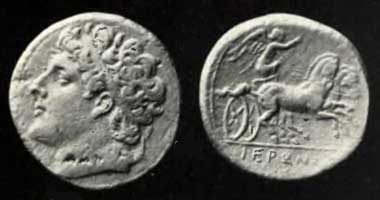
Head of Hieron II, Horses with Nike
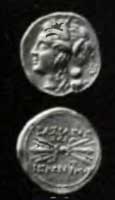
Hieronymus Coin, Head of Persephone, Thunderbolt with wings, Text IERONYMOY
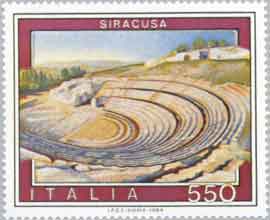
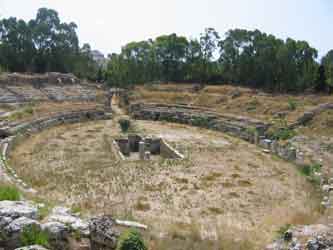
Syracuse, Roman Amphitheater (Source)

Coin from Syracuse 5th century BC, Arethusa, galloping quadriga driven by charioteer; Nike flying above, crowning the charioteer
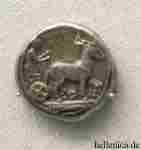
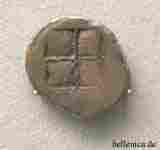
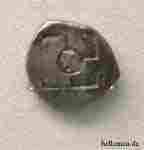
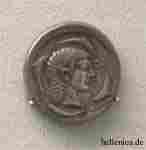
Syracuse Tetradrachma, Syracuse Tetradrachma, Syracuse Tetradrachma, Syracuse Tetradrachma,
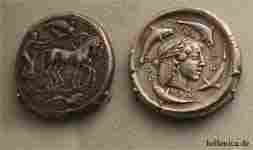


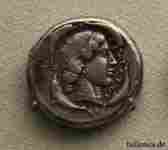
Syracuse, Syracuse, Syracuse, Syracuse,
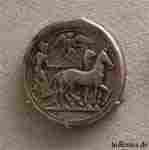
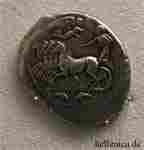

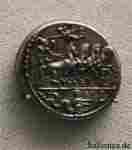
Syracuse, Syracuse, Syracuse , Syracuse,
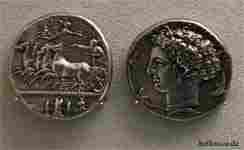
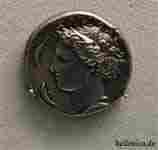
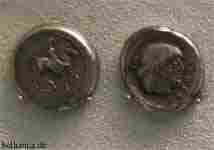
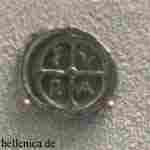
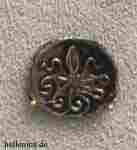

Syracuse , Drachma , Syracuse Obol , Syracuse Litra, Syracuse Drachma ,
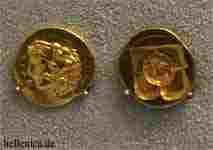
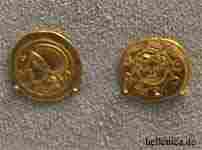
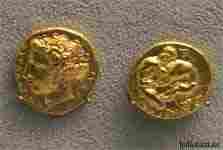
Syracuse Gold Dodekalitra, Syracuse Gold Dekalitra, Syracuse Gold 100-Litra,
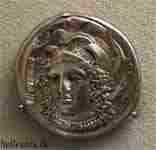
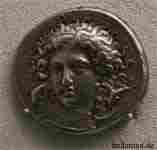
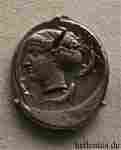
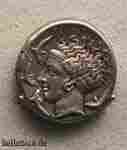
Syracuse, Tetradrachma, Syracuse, Tetradrachma, Syracuse, Tetradrachma, Syracuse, Tetradrachma,
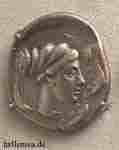
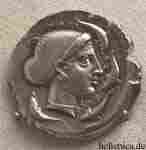
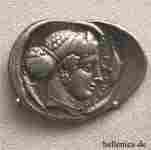
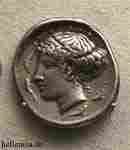

Syracuse, Tetradrachma, Syracuse, Tetradrachma, Syracuse, Tetradrachma, Syracuse, Tetradrachma, Syracuse, Tetradrachma,
Main sights
Ancient buildings
- The Temple of Apollo, adapted to a church in Byzantine times and to a mosque under Arab rule.
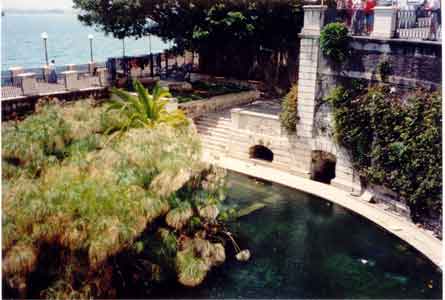
- The Fount of Arethusa, in the Ortygia island. According to a legend, the nymph Arethusa, hunted by Alpheus, took shelter here, turning into a fount
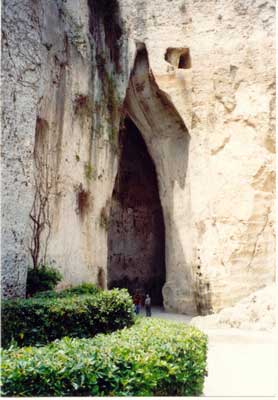
- The Theatre, whose cavea is one of the largest ever built by the ancient Greeks: it has 67 rows, divided into 9 sections with 8 aisles. Only traces of the scene and the orchestra remain. The edifice (still used today) was modified by the Romans, who adapted it to their different style of spectacles, including also circus games. Near the theatre are the latomìe, stone quarries, also used as prisons in ancient times. The most famous latomìa is the Orecchio di Dionisio ("Ear of Dionysius").
- The Roman amphitheatre, of Roman Imperial age. It was partly carved out from the rock. In the centre of the area is a rectangular space which was used for the scenic machinery.
- The so-called Tomb of Archimede, in the Grotticelli Nechropolis. Decorated with two Doric columns, it was a Roman tomb.
- The Temple of Olympic Jupiter, site 3 km outside the city, built around 6th century BC.
Athenagoras
Timocles of Syracuse
Timocrates of Syracuse
... For when he despatched Archias the Corinthian to found Syracuse he uttered this oracle:
An isle, Ortygia, lies on the misty ocean
Over against Trinacria, where the mouth of Alpheius bubbles
Mingling with the springs of broad Arethusa.
The Defense of Syracuse by Archimedes, Polybius
Links
- Map of Syracuse
- Marcus Claudius Marcellus the conqueror of Syracuse
- The Death of Archimedes
- Hicetas of Syracuse
- Corax of Syracuse
- Nymphodorus of Syracuse
- Sophron of Syracuse
- The Syracusia ship
- Ancient Coinage of Sicily, Syracuse
Greece :
A - B - C - D - E - F - G - H - I - J - K - L - M -
N - O - P - Q - R - S - T - U - V - W - X - Y - Z
| Ancient Greece
Science, Technology , Medicine , Warfare, , Biographies , Life , Cities/Places/Maps , Arts , Literature , Philosophy ,Olympics, Mythology , History , Images Medieval Greece / Byzantine Empire Science, Technology, Arts, , Warfare , Literature, Biographies, Icons, History Modern Greece Cities, Islands, Regions, Fauna/Flora ,Biographies , History , Warfare, Science/Technology, Literature, Music , Arts , Film/Actors , Sport , Fashion --- |
Retrieved from "http://en.wikipedia.org/"
All text is available under the terms of the GNU Free Documentation License


